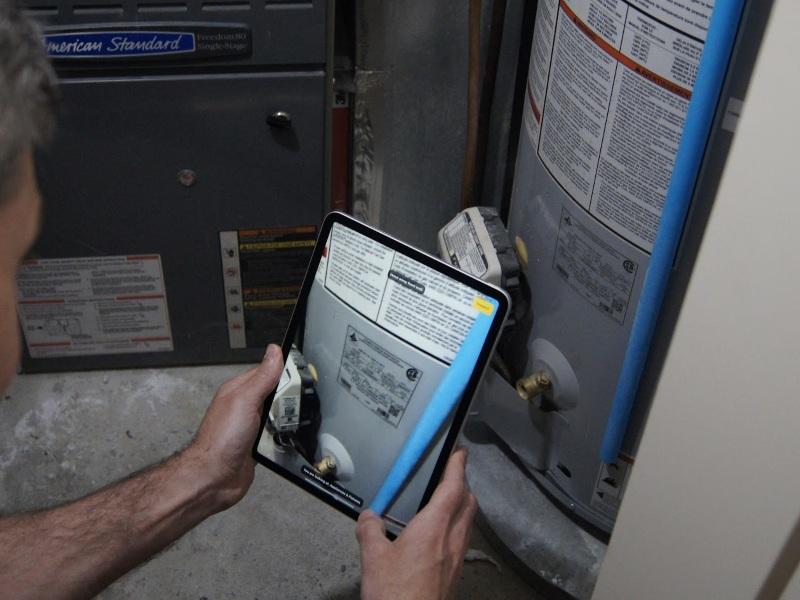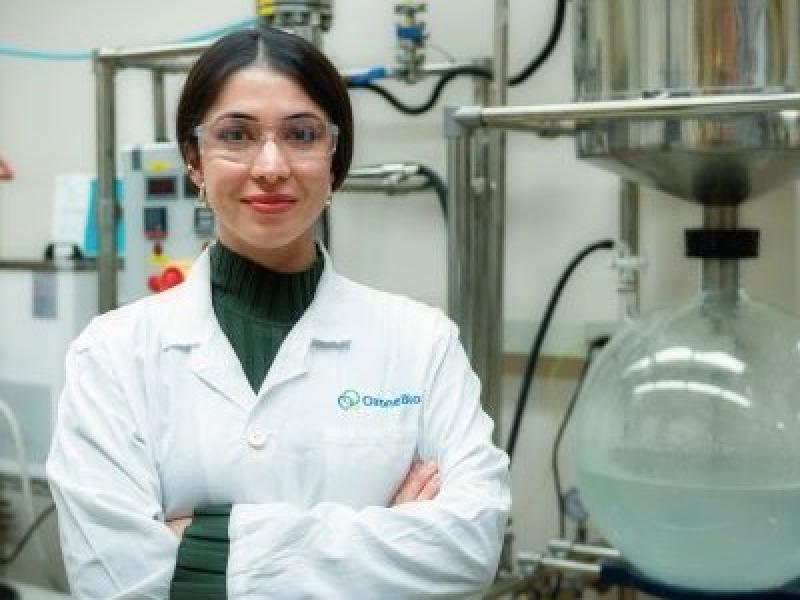
Calgary-based Volt Lithium Corp. (VLT-X) is nearing the first field deployment of its direct lithium extraction (DLE) technology, which could open up more supplies of the key battery mineral in North America.
Set to be deployed in the Permian Basin of Texas, it is expected to be established by August to extract battery-grade lithium from oilfield brines.
From tests conducted at its site in Calgary, the company’s DLE system can extract 99 per cent of the lithium from brine, processing 96,000 litres per day and requiring approximately an hour to take lithium out of the salty water.
Compared to hard rock mining or evaporating brines from salars in South America, Volt offers a faster, more sustainable option, CEO and president Alex Wylie told Sustainable Biz Canada in an interview.
“We’ve got a unique opportunity to really grow the lithium industry in North America without a massive environmental footprint.”
Charging up in the DLE space
Co-founded by Wylie and director Marty Scase, who have backgrounds in oil and gas, Volt grew from a shared interest in the lithium industry. Well acquainted with the enormous volumes of water generated from oil operations, Wylie and Scase explored a way to extract lithium from the byproduct. A breakthrough was made in 2022, which allowed for lithium extraction from brine with very low concentrations of the material.
“Our cutoff when we started was about 25 parts per million. And most people at the time would have said 'You can’t do that, that’s impossible, it has to be over 100 or it has to be over 200' and we took the view, ‘Well why? Is there any reason for that?’ ” Wylie said. The cutoff for Volt today is 20 parts per million of lithium.
Lithium has been identified as a critical mineral because of its uses for batteries and electronics. Countries have sought to bring lithium production away from China, where most activity takes place, and to domestic or friendly nations.
The DLE is installed near the water disposal area of an oil and gas project, taking in oilfield brine and removing contaminants. The brine is then flushed through a titanium-based media that attracts lithium in a contained unit. It is later rinsed with hydrochloric acid to remove the lithium chloride. The lithium chloride is concentrated and crystallized into battery-grade lithium carbonate or lithium hydroxide monohydrate.
Wylie said the technology does not require transporting brine, cleans and treats brines which can be managed by an oil and gas partner, and the media can be reused for about 10,000 cycles. It does not require drilling more wells for operations, he added, meaning there is less of an environmental footprint and financial cost compared to other forms of lithium mining. One such system in Pennsylvania does not produce greenhouse gas emissions because it is powered by co-generated heat from a natural gas plant.
He also emphasized the low cost compared to other forms of lithium extraction or mining because it uses pre-existing infrastructure and oil wells.
“Hard rock mining you’re digging a mine, so the environmental footprint is significant . . . If you compared us to salar ponds, what they do is they use natural evaporation for their lithium, so they’re in their salar ponds for months before they actually start extracting and processing their lithium. Their footprint is huge.”
Volt has received under $15 million in investment.
Volt’s incoming operations
For its first step to commercialization, Volt plans to operate its DLE system in Texas in partnership with an oil and gas company. It will measure at 50 feet by 100 feet; a commercial-level system will be approximately five times bigger. The company’s early units can produce 10 to 15 tonnes of lithium per year.
“We felt that partnering was better than going out and doing it ourselves. They’ve got all the infrastructure and they built the business, they handle water every day,” Wylie said.
The sheer volume of lithium-infused brine in the Permian Basin led Volt to choose Texas, rather than Canada, he added. Texas’ oil industry produces 19 million barrels of lithium-infused water per day, while there is “not enough water in Canada.”
Additionally, Wylie said Canadian operators are “extremely conservative” enterprises, and he believes they would rather see Volt first succeed in Texas than Alberta.
With a secured partner that provided $1.5 million US in investment, Volt will run a field unit in Texas to determine its performance in the field. If it is successful, Volt will escalate to a full-scale deployment, unveil the name of the partner, seek another investment and discuss commercial deployment.
Volt’s business strategy is to partner equally with oil and gas operators – the operators will supply the water, while Volt will supply the technology, run the DLE system and sell the lithium.
A commercialization target by mid-2025 is to develop a DLE system that can produce 1,000 to 1,500 tonnes of lithium per year from 100,000 barrels of brine. Another milestone is to reach 40,000 tonnes of extracted lithium per year.










